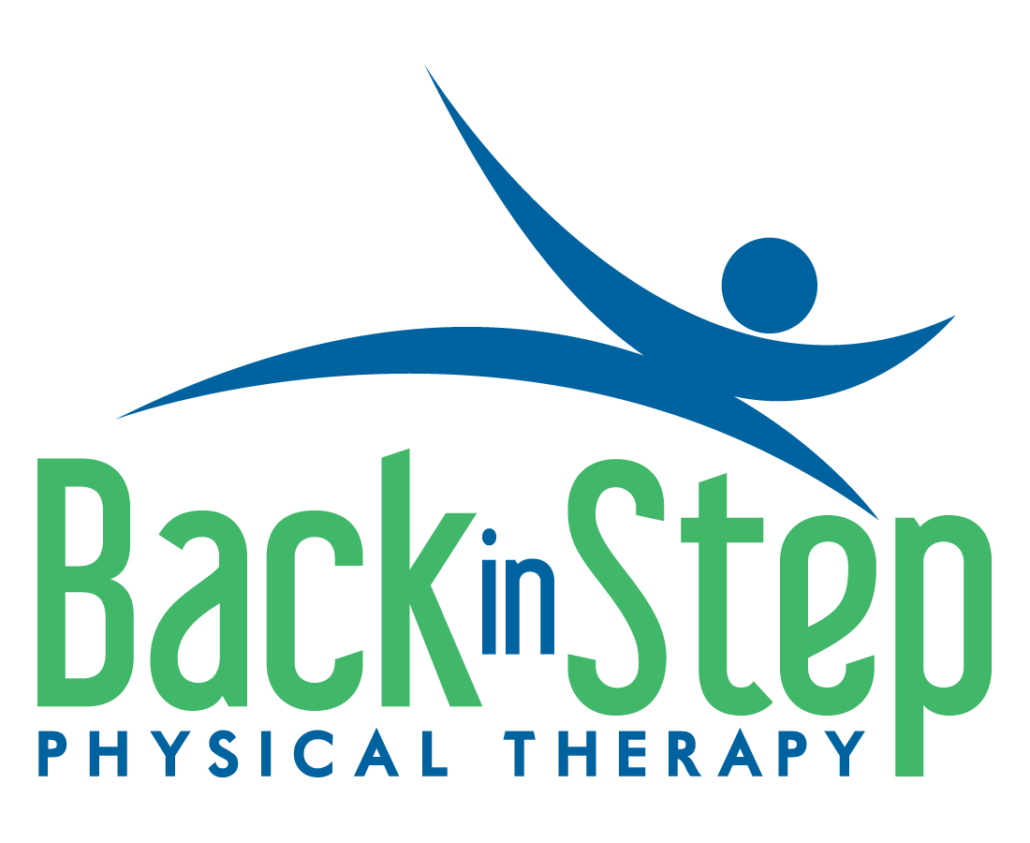First of all,
thank you for your interest in learning more about this case study that is very near and dear to my heart.
Below, you’ll find a variety of resources related to this project:
- Reference videos
- Additional data
- Reference articles
- More about the author
No Disclosures: Alyssa Arms, PT, DPT, OCS has no financial disclosures that would be a potential conflict of interest with this presentation.
Dance-Specific Functional Tests
From pointe readiness research:
- Airplane test
- Topple test
- Sauté test
With addition of calf strength/endurance:
- Relevé test
Watch all of these tests here.
Samples of Exercise Program
Weekly survey content included, but not limited to,
- Indicate daily completion of program (0%, 25%, 50%, 75%, 100%) Sunday through Saturday, encouraging at least one day off of program.
- Comment section for patient feedback: report any exercises that are uncomfortable or they didn’t like, what feels helpful.
- From Multidimensional Pain Questionnaire in Dance (MPQPDA):
- indicate level of pain within past week and if good/positive or bad/negative (+5 to -5)
- did you dance despite pain (in training, rehearsals, performances)?
- From Oslo Sports Trauma Research Center Questionnaire (OSTRCQ):
- Have you had any difficulties participating in training and competition due to above problems during the past 7 days?
- To what extent have you modified your training or competition due to the above problems during the past 7 days?
- To what extent the above problems affected your performance during the past 7 days?
- To what extent the above problems affected your dancing during the past 7 days
- Comment about feedback the dancer has received about dancing (from teachers, peers, etc).
- In the past week, how satisfied are you with your dancing? 0=completely dissatisfied, 5=neutral, 10=completely satisfied.
Beighton Score +3 (trunk flexion, BIL elbows).
Additional Functional/Performance Outcomes
- Functional Performance – unremarkable or no change
- Overhead Reach Test
- BIL Hands behind head
- BIL Hands behind back
- BIL Single leg balance – eyes open – 30 seconds
- MMT – maintained 5/5 throughout – likely ceiling effect with traditional MMTs. Future research would benefit from use of hand dynamometry to assess strength more precisely.
- Upper abdominals
- Obliques
- R shoulder flexion
- BIL shoulder abduction, ER, IR
- BIL elbow flexion, R extension
- R rhomboids
- R hip flexion
- BIL hip adduction, ER
- R hip IR
- BIL knee flexion/extension
- BIL ankle DF, PF, eversion, inversion
- Clarsen, B., Myklebust, G., & Bahr, R. (2012). Development and validation of a new method for the registration of overuse injuries in sports injury epidemiology: The Oslo Sports Trauma Research Centre (OSTRC) overuse injury questionnaire. British Journal of Sports Medicine, 47(8), 495–502. https://doi.org/10.1136/bjsports-2012-091524
- Ekegren, C.L., Quested, R. and Brodrick, A. (2014) “Injuries in pre-professional ballet dancers: Incidence, characteristics and consequences,” Journal of Science and Medicine in Sport, 17(3), pp. 271–275. Available at: https://doi.org/10.1016/j.jsams.2013.07.013.
- Gamboa, J.M. et al. (2008) “Injury patterns in elite preprofessional ballet dancers and the utility of screening programs to identify risk characteristics,” Journal of Orthopaedic & Sports Physical Therapy, 38(3), pp. 126–136. Available at: https://doi.org/10.2519/jospt.2008.2390.
- Glasser, L., Frey, M., Frias, G. C., Varghese, B., Melendez, J. X., Hawes, J. D., Escobar, J., & Katt, B. M. (2022). Ballet rehabilitation: A novel return to sport protocol. Cureus. https://doi.org/10.7759/cureus.27896
- Haenel, J., Schoettker-Koeniger, T., & Wanke, E. M. (2022). Development of a Multidimensional Pain Questionnaire in Professional Dance (MPQDA): A Pilot Study. https://doi.org/10.21203/rs.3.rs-1627369/v1
- Long, K. L., Milidonis, M. K., Wildermuth, V. L., Kruse, A. N., & Parham, U. T. (2021). The impact of dance-specific neuromuscular conditioning and injury prevention training on motor control, stability, balance, function and injury in professional ballet dancers: A mixed-methods quasi-experimental study. International Journal of Sports Physical Therapy, 16(2). https://doi.org/10.26603/001c.21150
- Remel, E. and Moritz, U. (1994) “Self-reported musculoskeletal pain and discomfort in professional ballet dancers in Sweden,” Scandinavian Journal of Rehabiltation Medicine, 26, pp. 11–16.
- Roberts, K.J., Nelson, N.G. and McKenzie, L. (2013) “Dance-related injuries in children and adolescents treated in US emergency departments in 1991−2007,” Journal of Physical Activity and Health, 10(2), pp. 143–150. Available at: https://doi.org/10.1123/jpah.10.2.143.
- Roussel, N. A., Vissers, D., Kuppens, K., Fransen, E., Truijen, S., Nijs, J., & De Backer, W. (2014). Effect of a physical conditioning versus health promotion intervention in dancers: A randomized controlled trial. Manual Therapy, 19(6), 562–568. https://doi.org/10.1016/j.math.2014.05.008
- Sekulic, D. et al. (2020) “Predicting injury status in adolescent dancers involved in different dance styles: A prospective study,” Children, 7(12), p. 297. Available at: https://doi.org/10.3390/children7120297.
- Steinberg, N. et al. (2011) “Injury patterns in young, non-professional dancers,” Journal of Sports Sciences, 29(1), pp. 47–54. Available at: https://doi.org/10.1080/02640414.2010.521167.
- Yin, A.X. et al. (2019) “The evaluation of strength, flexibility, and functional performance in the adolescent ballet dancer during intensive dance training,” PM&R, 11(7), pp. 722–730. Available at: https://doi.org/10.1002/pmrj.12011.

Dr. Alyssa Arms, PT, DPT, OCS is the owner of Back in Step Physical Therapy, located in Centennial, Colorado. In her clinic, she specializes in working with dancers and other performing artists, providing services in injury prevention/reduction, rehabilitation, and performance programming. She is also active in the community, providing seminars on-site at various dance studios, providing on-site care at dance competition and/or convention weekends, and presenting at conferences, including at the international level.
In addition to her training and expertise as a physical therapist, Dr. Arms has 35 years of dance training across multiple genres, including ballet and pointe, jazz, tap, hip hop, salsa, and more. She continues to regularly train in a variety of styles and has been a national-circuit competitor in West Coast Swing since 2010.
Dr. Arms is the Denver Team Lead for the Bridge Dance Project, as well as a member of the International Association for Dance Medicine & Science (IADMS), Doctors for Dancers, DanseMedica, and the Performing Arts Medical Association (PAMA). She is also the host of Dance Med Spotlight, a podcast about all things dance medicine and dance science.
